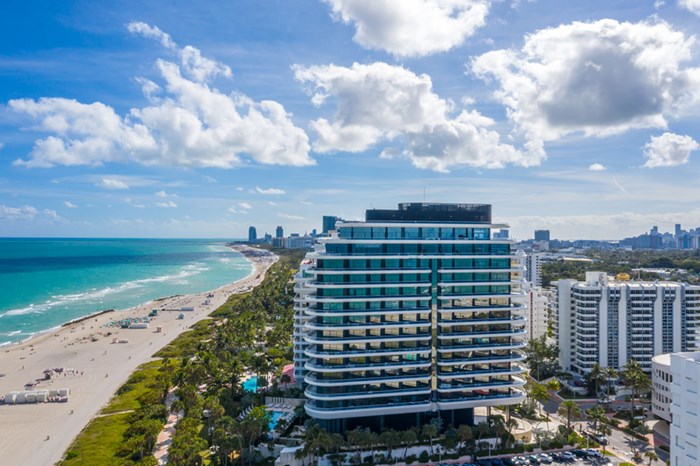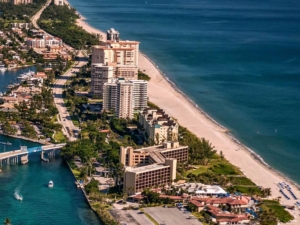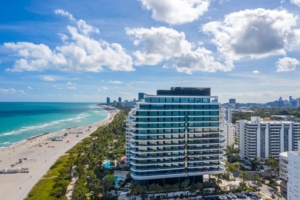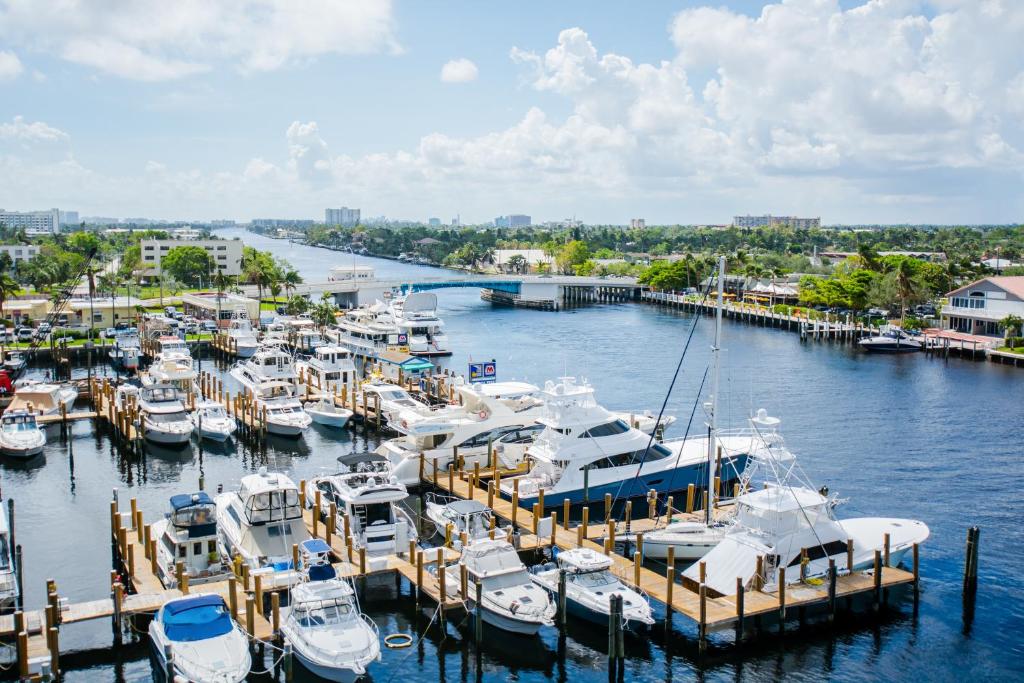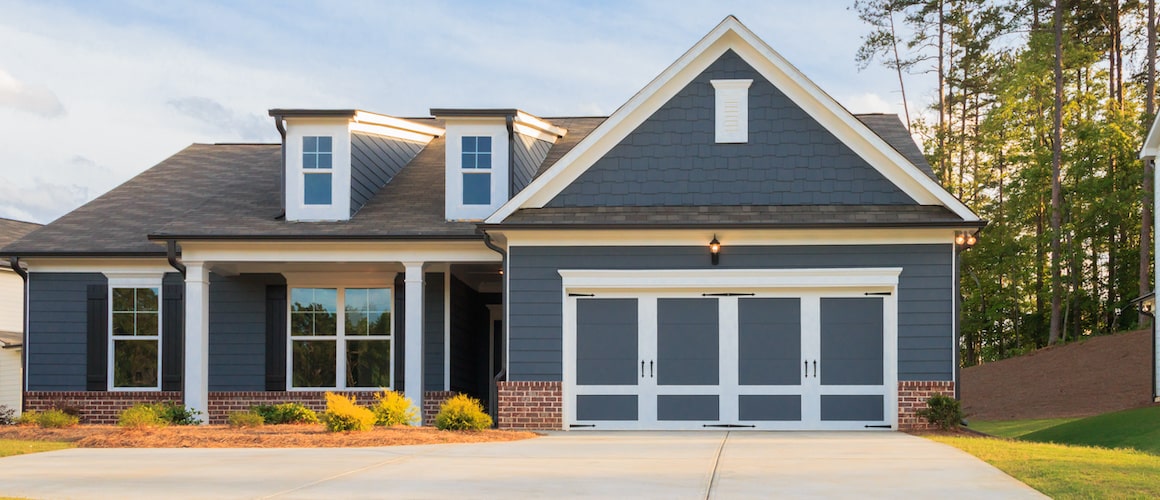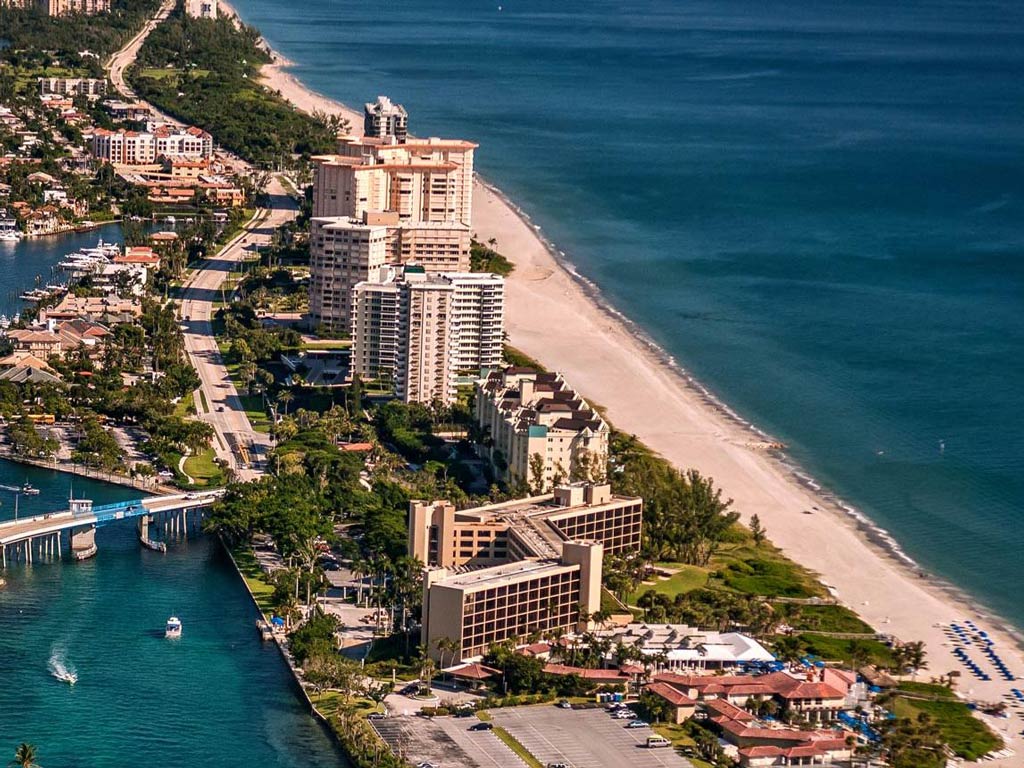Miami-Dade Property Values Hit $512B as Condo Market Crisis Deepens in 2025
Miami-Dade County's real estate landscape presents a tale of two markets in 2025, with overall property values climbing to unprecedented heights while the condominium sector faces its most challenging period in decades. The county's taxable property values have reached an astounding $512 billion, marking an 8.5% year-over-year increase, yet beneath this impressive figure lies a complex story of market divergence and economic uncertainty.
Property Values Surge Despite Market Headwinds
The latest assessment from Miami-Dade County Property Appraiser Tomás Regalado reveals taxable property values countywide reached $511.8 billion, representing an additional $40.2 billion compared to 2024. While this growth rate of 8.5% demonstrates continued market strength, it represents a notable deceleration from the previous year's nearly 11% increase to $471.5 billion.
New construction contributed approximately $8.2 billion to this growth, highlighting the ongoing development boom transforming South Florida's skyline. However, the moderation in growth rates suggests the market may be entering a stabilization phase after years of explosive expansion driven by pandemic-era migration and investment patterns.
Property Appraiser Regalado characterized the market as having "stabilized" and urged elected officials to consider tax rate reductions to address housing affordability concerns. This call comes as Miami-Dade County prices are reportedly 20.3 percent overvalued compared to long-run norms, according to recent market analysis.
Geographic Winners and Market Leaders
The distribution of property value growth across Miami-Dade's municipalities reveals fascinating patterns of wealth concentration and development activity. El Portal emerged as the standout performer, experiencing a remarkable 33% increase in taxable property values to $412 million, reflecting the ongoing gentrification and development pressure in previously overlooked neighborhoods.
Indian Creek, the ultra-exclusive island community, secured the second-highest percentage increase at 23%, with values rising to $1.2 billion. This surge likely reflects high-profile acquisitions, including Tom Brady's waterfront estate at 26 Indian Creek Island Road, demonstrating how celebrity purchases can significantly impact local property valuations in concentrated luxury markets.
Miami Beach maintained its position as the county's second-most valuable municipality with nearly 7% growth to $60.3 billion in taxable property values. The city of Miami, when combined with the Downtown Development Authority area, reached $135.9 billion with approximately 9.5% year-over-year growth, cementing its status as the county's premier real estate market.
Coral Gables, traditionally a bastion of stable luxury real estate, showed signs of cooling with values estimated at $1.3 billion, up just 5.4% compared to the previous year's 8.5% growth. This deceleration in one of South Florida's most prestigious markets may signal broader shifts in buyer preferences or market saturation.
The Condo Market Collapse: A Crisis Four Years in the Making
While overall property values continue climbing, the condominium sector tells a dramatically different story. Condo values experienced a decline of less than 1%, with the South Florida market seeing an explosion in for-sale inventory leading up to December 31, 2024 - the deadline for mandatory milestone inspections required by post-Surfside legislation.
The crisis stems directly from the tragic Champlain Tower South collapse in 2021, which claimed 98 lives and triggered comprehensive regulatory reforms. Condo sales are down nearly 15% compared to last year according to Florida Realtors data, with some regions experiencing even steeper declines.
Florida's new condo law requires buildings of certain age to undergo rigid inspections before January 1, 2025, with many owners receiving four- to five-figure special assessments to fund necessary repairs. These assessments, combined with soaring insurance costs and increased homeowners association fees, have created an affordability crisis for fixed-income residents who cannot shoulder these unexpected financial burdens.
Many condominium owners now face assessments exceeding $100,000, creating a perfect storm of financial pressure that has effectively frozen the condo market. Governor DeSantis acknowledged the severity of the situation, stating during a recent press briefing that "We've got a problem with our condo market right now."
Financing Challenges Compound Market Difficulties
The condo market's struggles extend beyond assessment fees and insurance costs. Very few condo buildings in the region qualify for the lowest mortgage rate financing backed by the U.S. government, with fewer than two dozen buildings approved by Federal authorities. This financing gap creates additional barriers for potential buyers, further reducing demand in an already stressed market.
The combination of regulatory uncertainty, high carrying costs, and limited financing options has created what industry experts describe as a "condo cliff" - a scenario where older buildings become financially unviable for both current owners and potential buyers. Buyer confidence has plummeted, and less than a quarter of condo associations are meeting new regulatory standards without significant financial strain.
Single-Family Home Market Remains Resilient
Despite the condo sector's challenges, single-family homes continue demonstrating remarkable resilience. Current median home prices in Miami-Dade County stand at $565,274, representing a 6.1% increase, while the city of Miami specifically shows homes priced at $585,104, up 7.0% year-over-year.
Forecasts for 2025 suggest continued price growth of 6.5% for home sales, following a 6.9% increase in 2024. This sustained growth in single-family properties contrasts sharply with the condo market's struggles, highlighting the divergent paths these segments are taking.
The luxury market particularly shows strength, with high-end developments like 888 by Dolce & Gabbana, Bentley Residences, Cipriani, the St. Regis Residences Miami, and Four Seasons Private Residences Coconut Grove adding significant value to the county's premium real estate portfolio.
Key Questions About Miami-Dade's Property Market
What's driving the continued growth in Miami-Dade property values despite national market concerns?
The growth stems from ongoing population migration to South Florida, limited housing inventory, new luxury developments, and the region's appeal as a tax-advantaged destination for wealthy individuals and businesses. However, the 8.5% growth rate represents a cooling from previous years' double-digit increases.
Why are condos performing so poorly compared to single-family homes?
The condo market faces unique challenges including mandatory safety inspections post-Surfside, special assessments often exceeding $100,000, higher insurance costs, increased HOA fees, and difficulty securing government-backed financing. These factors create affordability and marketability challenges not affecting single-family properties.
Which areas of Miami-Dade offer the best investment opportunities?
El Portal showed the highest growth at 33%, while Indian Creek continues attracting ultra-high-net-worth buyers. However, investors should consider market saturation risks, especially in luxury segments, and the ongoing regulatory environment affecting multi-family properties.
How long might the condo market crisis last?
The crisis likely extends through 2025 as buildings complete mandatory inspections and assessments. Recovery depends on regulatory reforms, insurance market stabilization, and potential government intervention to address financing barriers.
Should property taxes be reduced given the dramatic value increases?
Property Appraiser Regalado advocates for tax rate reductions to address housing affordability. However, local municipalities depend on property tax revenue for essential services, creating a complex balancing act between affordability and public service funding.
What does this mean for first-time homebuyers in Miami-Dade?
The market presents significant challenges for first-time buyers, with median prices exceeding $565,000 and limited affordable inventory. Buyers may need to consider emerging neighborhoods like El Portal or explore areas outside prime locations to find accessible entry points into homeownership.

